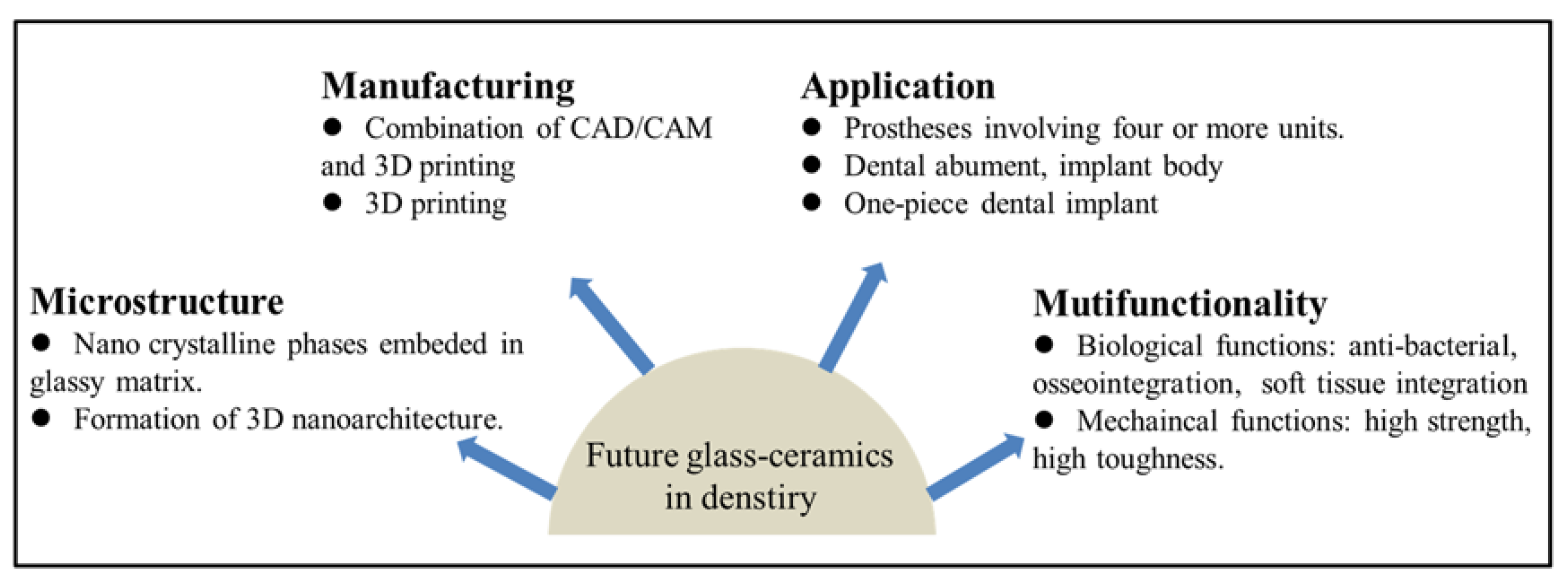Optical properties of the glass ceramics such as translucency and opalescence are critical factors for aesthetics and the natural appearance of the ceramic restorations.
Optical properties of dental ceramics.
In dental ceramics the appearance of the tooth is successfully imitated as a sum of all its visual dimensions.
The concern that a ceramic will fracture in service remains a problem for ceramic alloy and all ceramic restorations alike although the newest crystalline ceramics see figure 14 3 are beginning to challenge this notion.
A systematic review presented at the 17th international conference on biomechanics and biomedical engineering dubai united arab emirates december 2015.
This study s purpose was to evaluate the artificial aging behavior of nanostructured respective microstructured ceramics related to surface topography roughness and optical properties.
More the glassy phase more the translucency of ceramics.
Yttria stabilized tetragonal zirconia polycrystal has been used as a dental biomaterial for several decades because the fracture toughness and bend strength are increased by a stress induced transformation toughening mechanism.
Optical density and fiber optic properties.
The mechanical and optical properties of dental ceramics mainly depend on the nature and the amount of crystalline phase present.
However it weakens the structure by decreasing the resistance to crack propagation.
The long term success of a dental restoration treatment is defined by its durability which is directly influenced by the oral environment.
Optical properties of zirconia ceramics for esthetic dental restorations.
Optical properties fine ceramics are sintered materials consisting of microscopic crystal particles separated by boundary elements.
The term dental ceramics comprises a wide variety of materials that reaches from filled glasses to nearly dense sintered ceramics from products that are shaped from powders and melts to components milled from blanks before or after sintering.
A systematic review.
Tanja lube robert danzer in advanced ceramics for dentistry 2014.
Fine ceramics can be made translucent by minimizing pores and boundary elements after sintering and by increasing crystal size in order to reduce boundary interfaces.
Two physical properties in particular are used to assess the clinical performance of today s dental ceramics.
The aim of this study is to demonstrate the superior optical and mechanical properties of a new class of submicron grain sized alumina ceramics relative to the current state of the art dental.
Several factors such as the ceramic thickness processing technique composition inner structure crystalline content grain size pores additives and surface roughness.






























